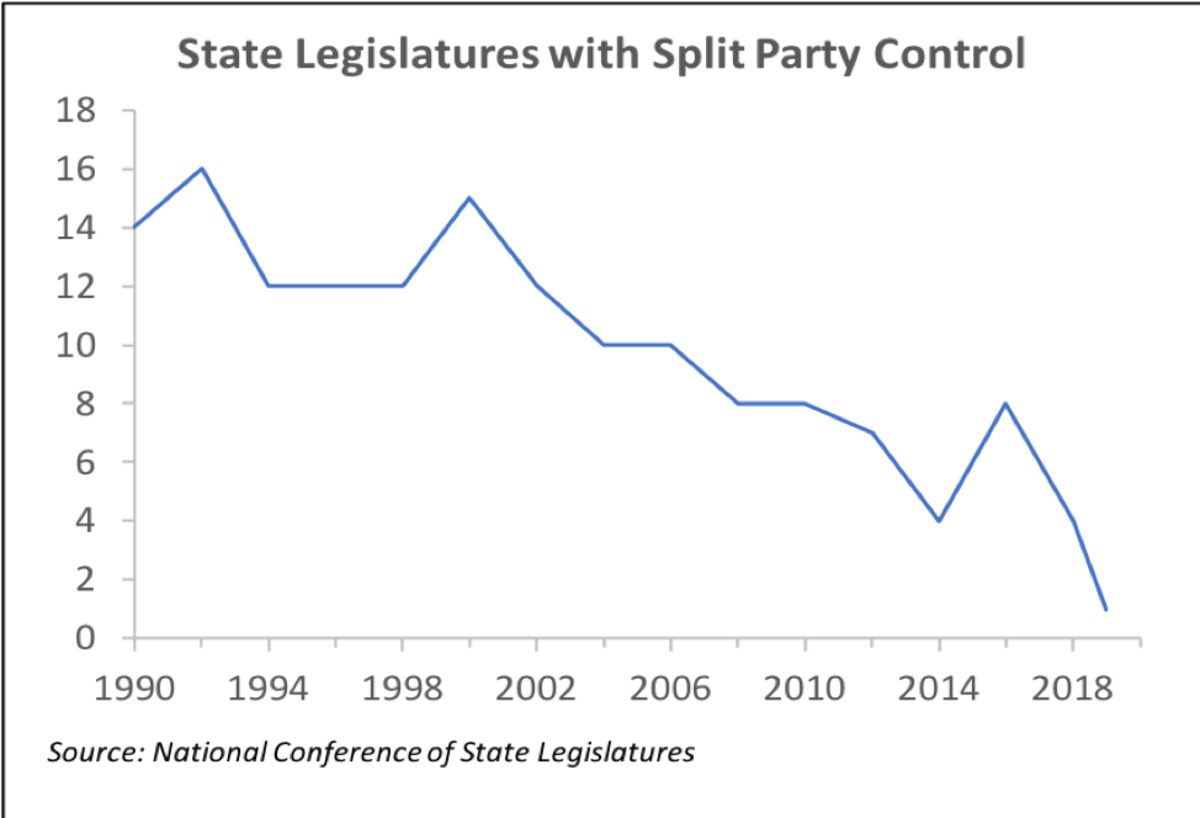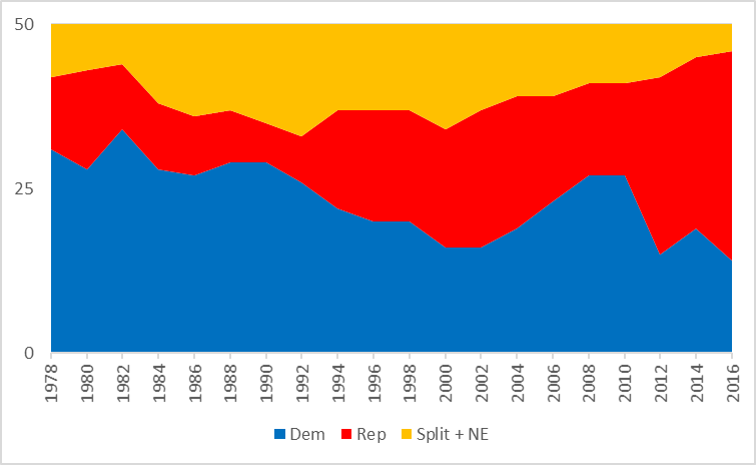A 2018 Politico article offers an excellent example of the use of congressional votes for messaging:
GOP leaders are weighing a series of votes to make last year’s temporary tax cuts for individuals permanent, according to Republicans in both chambers. The strategy would portray the party as the guardian of Americans’ paychecks, Republicans say, and buoy the GOP during a brutal election year.
Republicans argue they win regardless of whether it culminates with a Rose Garden ceremony: Either Democrats support the legislation, giving the GOP a major legislative accomplishment in its scramble to save its majorities. Or, more likely, Democrats block the bill — allowing Republicans to paint them as opponents of the middle class.
“Can you imagine Democrats voting that down? I mean, how do you explain that one?” said Senate Majority Whip John Cornyn (R-Texas). “I just think they’d be in an impossible position. They’d have to support it.”Dick Morris explains triangulation:
Lee, p. 203: "Bipartisanship is particularly problematic for a party seeking to win a larger share of institutional power." How did Clinton's interests align with those of Hill Democrats?

Trifectas
Key reason is that the South went from near-solid blue to near-solid red:
Party breakdown in Southern lower houses, post-1968 election (Democrat-Republican)
Alabama........ 106-0
Arkansas..........98-2
Florida............77-42
Georgia.........169-26
Louisiana.......105-0
Mississippi....122-0
N. Carolina.....91-29
S. Carolina.....119-5
Tennessee.......49-49
Texas.............142-8
Virginia...........86-14
The Result: Some speak of "Meth Labs of Democracy " -- but read Grossmann for a different take!
Governors are different. Blue-state Republicans and our favorite red-state Democrat.

No comments:
Post a Comment
Note: Only a member of this blog may post a comment.